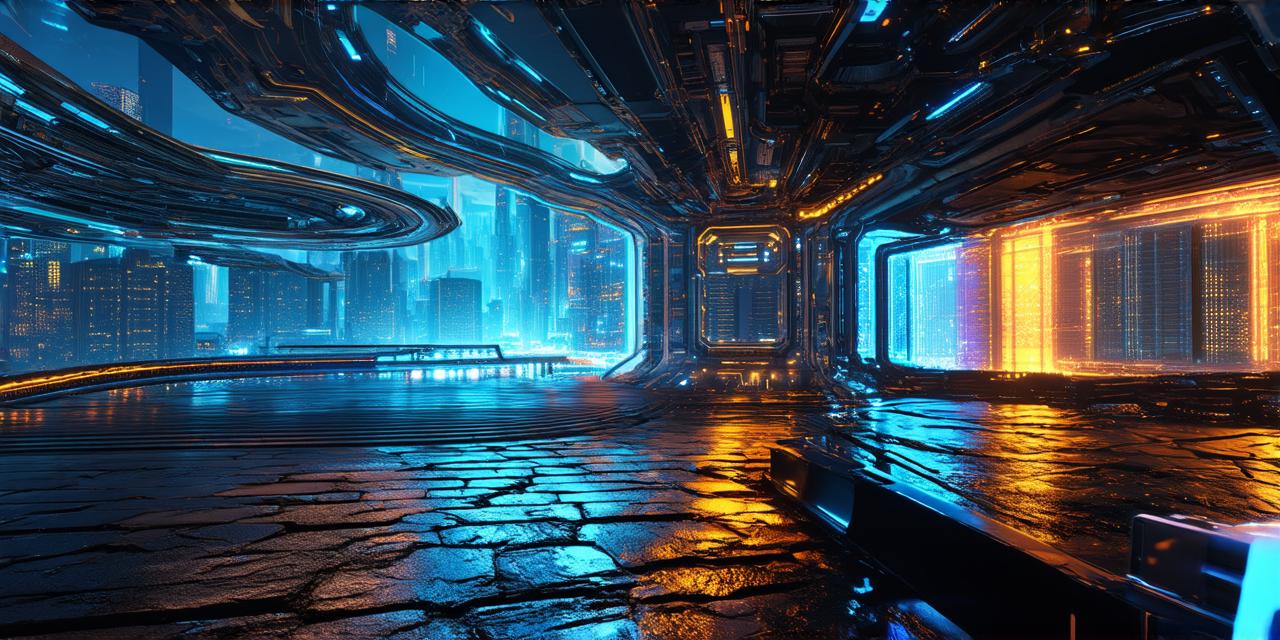Unity is a powerful game engine that can also be used for creating 3D animations. With its user-friendly interface, flexible workflow, and extensive range of tools and assets, Unity has become one of the most popular choices for animators and game developers alike.
Setting Up a Scene
The first step in creating an animation in Unity is to set up a scene. A scene consists of all the objects, characters, and background elements that will be visible in your animation. To create a new scene, go to the “Window” menu and select “Scene”. This will open a new window where you can name your scene and add any desired assets.
Once you have added your assets to the scene, you can position them and adjust their scale and rotation using the transform tools in Unity. These tools allow you to manipulate the position, rotation, and scale of objects in 3D space, giving you complete control over how your scene looks and behaves.
Creating Keyframes
Keyframes are an essential part of animations, as they define the positions, rotations, and scales of objects at specific points in time. To create keyframes in Unity, select the object you want to animate and go to the “Animation” menu. From here, you can create a new animation clip and add keyframes for each property you want to animate.
For example, if you want to animate the movement of a character, you can create keyframes for their position, rotation, and scale at different points in time. To do this, select the character object and go to the “Transform” menu. From here, you can create keyframes for position, rotation, and scale by clicking on the stopwatch icon next to each property.
Once you have created your keyframes, you can play back your animation using the “Play” button in the Animation window. This will allow you to see how your animation looks and make any necessary adjustments.
Using Particle Systems
Particle systems are another powerful tool in Unity’s animation arsenal. These systems allow you to create complex visual effects, such as explosions, smoke, and fire. To use particle systems in Unity, go to the “Window” menu and select “Visual Effects” > “Particle System”. This will open a new window where you can create and customize your particle system.
There are many parameters you can adjust when creating a particle system, including the shape, size, and velocity of particles, as well as their color, texture, and intensity. You can also control how long the particle system runs and how it reacts to other objects in the scene.
Once you have created your particle system, you can add it to your animation by dragging and dropping it onto your scene. This will allow you to see how the particle system interacts with your other objects and create a more dynamic and engaging animation.
Summary
Unity is a versatile and powerful tool for creating 3D animations. With its user-friendly interface, extensive range of tools and assets, and support for keyframes and particle systems, Unity makes it easy to create complex and visually stunning animations. Whether you are a beginner or an experienced animator, Unity has something to offer for everyone.
